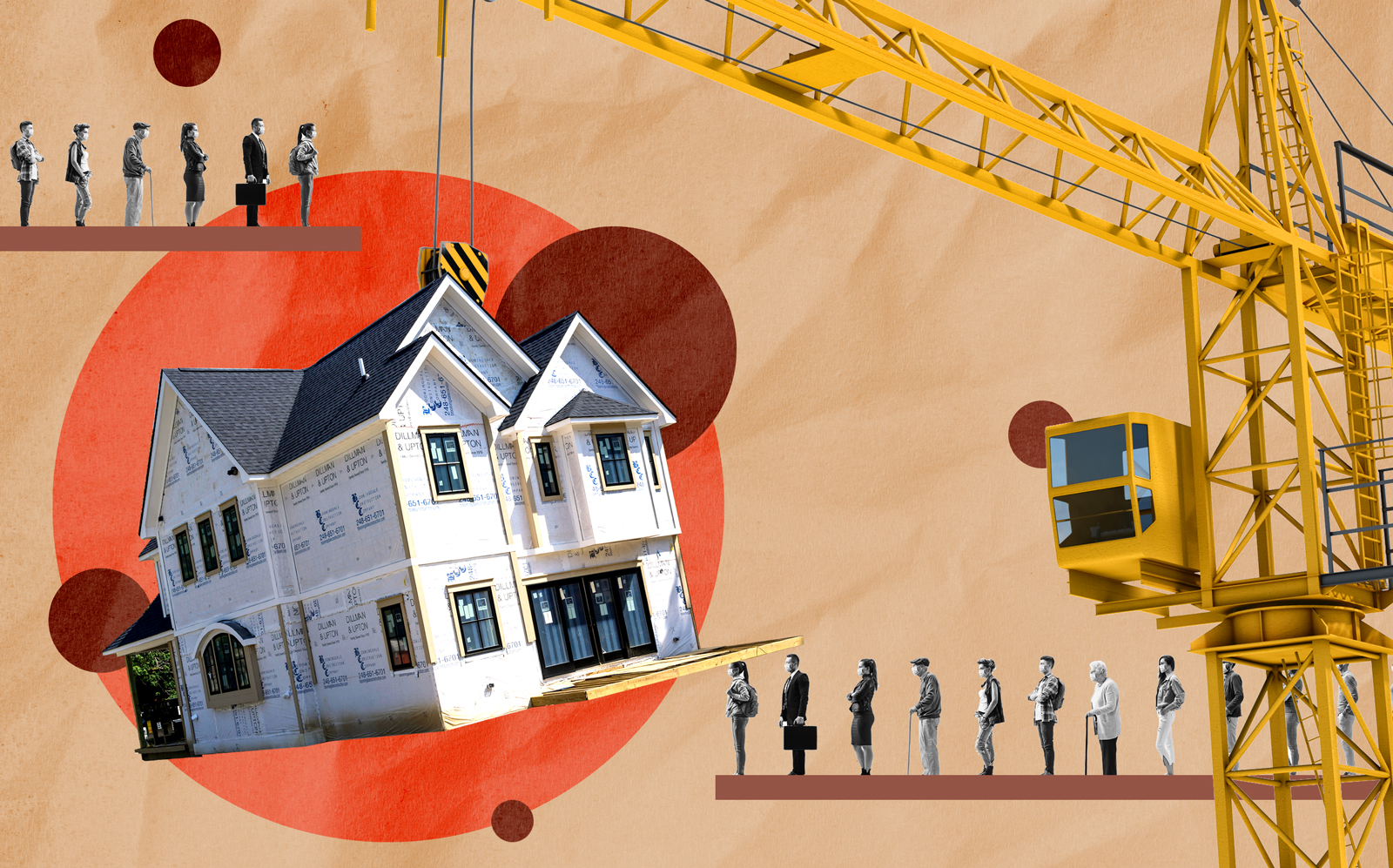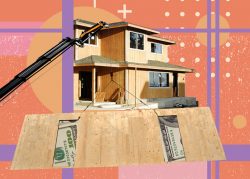 Vicious cycle creates “huge supply crunch,” pushing home prices up
Vicious cycle creates “huge supply crunch,” pushing home prices up
Trending
Homebuilder confidence picks up after 2 months of decline
Index tracking overall sentiment increased as outlook for homebuyer interest jumped

Homebuilder sentiment is once again trending upward thanks, in part, to a bump in traffic from prospective homebuyers.
The National Association of Home Builders/Wells Fargo Housing Market Index increased to 84, seasonally adjusted, compared to January’s reading of 83. The slight increase comes after two month-over-month declines for the index.
The NAHB index tracks homebuilder confidence in current and future single-family home sales and traffic of potential homebuyers on a monthly basis.
Of the index’s three components, homebuilder sentiment toward current single-family home sales remained unchanged compared to January with a reading of 90. Expectations of single-family home sales six months from now dropped to 80, from 83 in January.
But the traffic from potential homebuyers jumped to a reading of 72, up from 68 last month.
Read more
 Vicious cycle creates “huge supply crunch,” pushing home prices up
Vicious cycle creates “huge supply crunch,” pushing home prices up
 Homebuilder sentiment falls for second month in a row
Homebuilder sentiment falls for second month in a row
 Spending on home construction jumps 21% in December
Spending on home construction jumps 21% in December
All components were up year-over-year.
Regional sentiment largely followed the national index. The northeastern region saw a significant increase in sentiment with its reading surging to 89, from 68 in January. But the western region’s reading dropped slightly to 91 from 92 last month, while the southern region was flat.
Existing home prices in the northeast saw the biggest gains according to a fourth quarter report by the National Association of Realtors. That said, all 180 metro areas NAR tracked for the report posted significant year-over-year growth for the second consecutive quarter.
Though some economists worry that rising prices will affect affordability and limit the number of potential buyers, there have yet to be any sustained signs of waning demand — thanks, in part, to the historically low number of homes available for purchase.




